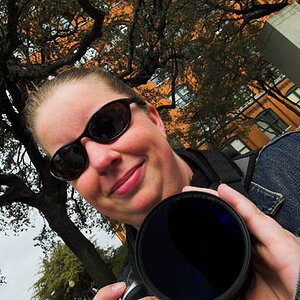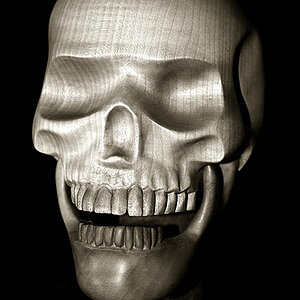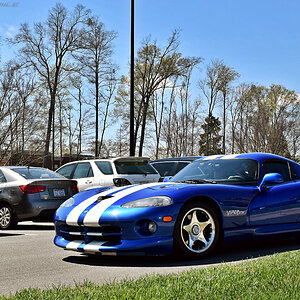darkblue-x
TPF Noob!
- Joined
- May 9, 2017
- Messages
- 146
- Reaction score
- 10
- Location
- Ottawa
- Can others edit my Photos
- Photos OK to edit
Getting back to the OP's question:As has already been explained, the actual focal length of any lens does not change by mounting it on a different body. Call it the equivalent field of view, and you'll have a better grasp of the concept.Which brings me to my question, an FX lens, the 24-120mm...what length would that be exactly in DX terms. How do you calculate these?
In Nikon, the ratio of sensor sizes is 1:1.5, so you simply multiply the actual focal length of your FX lens by 1.5 and you get the equivalent of that lens when mounting it on a DX camera.
Therefore; the 24-120mm FX lens would appear to be a 36-180mm when mounted on a DX camera.
I'm thinking of buying a Tamron 35mm F/1.8 VC as a portrait/creatives lens (this over the sigma art bc of the weight and size difference, VC, weather proofing and light macro ability.I plan to upgrade to perhaps a D750, but that wont be for at least a year or two.Would an Fx 35mm prime be the same or are they the same whether on dx or fx
Are you ever going to use an FX body?
so I'd suggest to stop buying DX only lenses now. If you want 50mm on you current body, just know that it will seem a lot shorter when you bolt it on your D750. But you want to try to have an arsenal of lenses that are compatible.
Would this be the same focal length as my current Nikon DX 35mm f/1.8g looks through my D7100? Tbh I still don't get it.
As far as walkaround lens I have found my Nikon DX 16-85mm f/3.5-5.6g VC lens to be a great focal length range...a lot of the FX lenses seem to start at 24mm...kind of a bummer.



![[No title]](/data/xfmg/thumbnail/32/32635-be18e952e67667cbb1525b4b057b6423.jpg?1619735554)








![[No title]](/data/xfmg/thumbnail/35/35597-714b74cc48992e5353856abfe325df68.jpg?1619737065)
